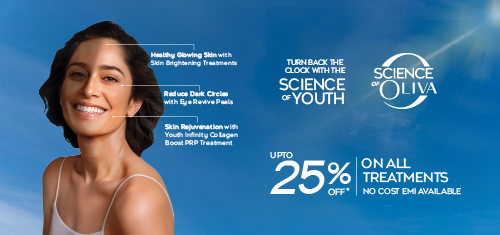In This Article
Types of Dandruff: Causes, Symptoms & Treatment Options
Dandruff is a common scalp condition that is very prevalent across the world. About 50% of the general adult population globally and 70% of the Indian population suffer from dandruff. If you think that dandruff is only of a single type, you are mistaken. There are different types of dandruff, each with its own causes. Identifying the type is crucial for an effective treatment. In this article, we will take you through the types of dandruff and how to determine which type you have. Before that, let us learn about the reasons for dandruff.
In This Article
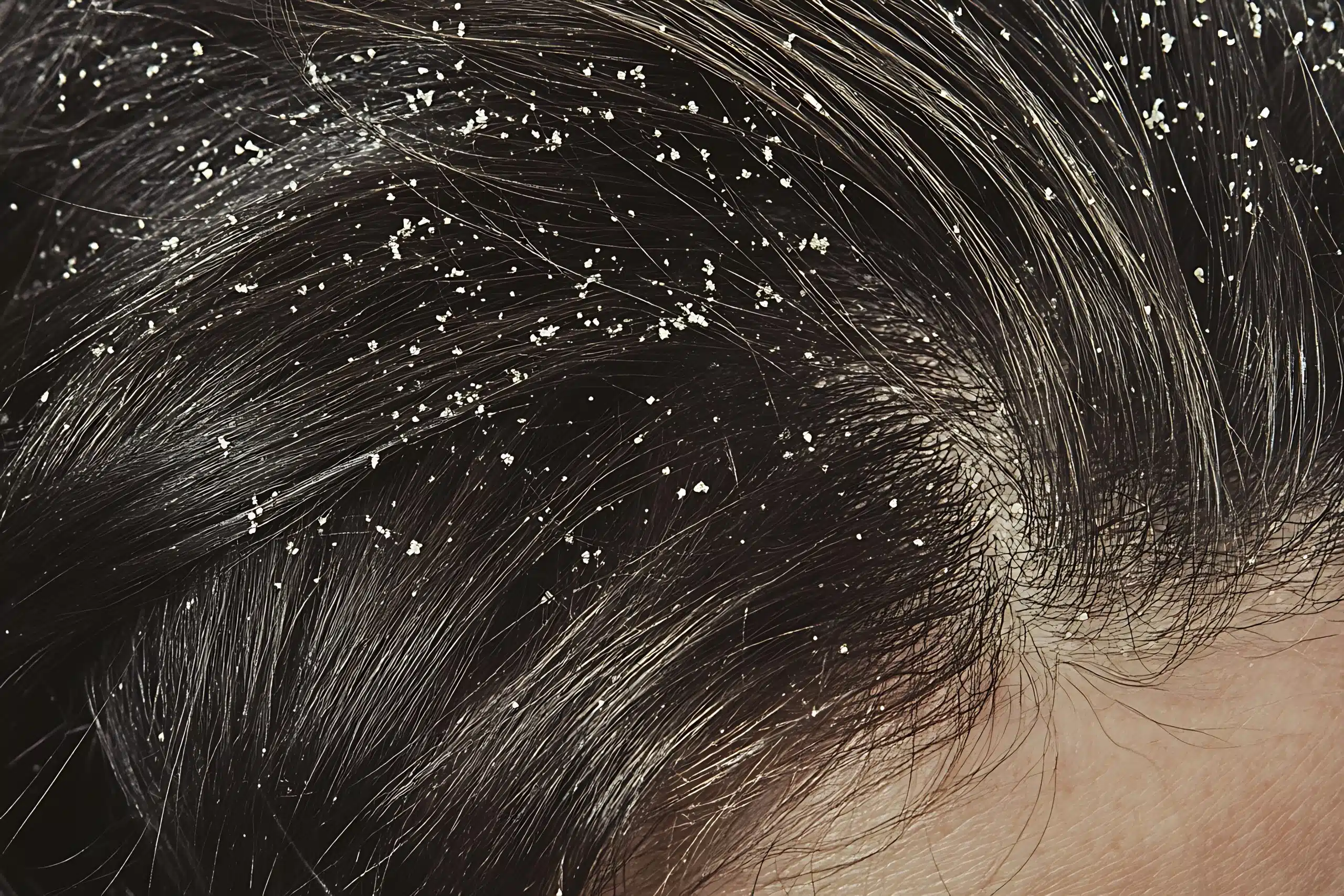
What Are The Causes Of Dandruff?
Dandruff is caused when the dead skin cells on your scalp shed off as flakes and fall on your shoulders. There are several factors that cause flaking on your scalp. Let us look at the common causes of dandruff.
- Malassezia globosa
- Oily scalp
- Seborrheic Dermatitis
- Dry skin
- Sensitivity or allergic reactions to hair products
- Psoriasis
- Eczema
- Infrequent hair washing
What Are The Types Of Dandruff?
While all types of dandruff look similar, they are different. And each type has a different cause. Here are the different types of dandruff along with the causes:
-
Dry skin dandruff:
Often characterised as small white flakes, this type of dandruff is very common in the winter season.
Causes:
The cold wind from outside during winter, and the air from indoor heaters, also cause your scalp to dry out, leading to dry skin dandruff. Also, frequently washing your hair with hot water can cause this type of dandruff.
-
Oily skin dandruff:
This type of dandruff looks like oily yellowish flakes that often stick to your scalp.
Causes:
As the name suggests, oily skin dandruff is caused by the excess oil from the sebaceous glands of your scalp. Too much oil can clump together, irritate your scalp, and flake off. It makes your scalp itchy and oily.
-
Fungus-related dandruff:
This dandruff from fungus looks like large white flakes.
Causes:
The main reason behind fungal dandruff is the yeast called malassezia that dwells on most people’s scalps and feeds on the natural oils.
-
Seborrheic dermatitis:
This is a skin condition that affects your scalp, causing inflammation and dandruff. It is characterised by large yellow flakes. Seborrheic dermatitis-related dandruff is a severe form of oily scalp dandruff.
Causes:
Seborrheic dermatitis is a skin condition that makes your scalp greasy and causes red scaly patches. Excess oil production on your scalp can lead to stubborn dandruff.
-
Eczema:
This is an inflammatory skin condition that can appear as dandruff.
Causes:
Scalp eczema is mainly due to scalp inflammation, which can lead to skin flaking.
-
Psoriasis:
Similar to eczema, psoriasis is also an inflammatory skin condition that is mistaken for dandruff.
Causes:
Most people with psoriasis tend to have scalp psoriasis. This autoimmune condition attacks your healthy skin cells and causes them to overproduce more cells. It affects all body parts, including your scalp, causing a buildup of skin cells that results in scaly patches.
How To Identify The Dandruff Type?
Identifying the type of dandruff is crucial to treating it. Here are some symptoms that will help you recognise which type of dandruff you are suffering from.
- If you notice white flakes falling on your shoulders and no oiliness on your scalp, it indicates that you have dry dandruff.
- If your scalp feels oily and you notice yellowish, greasy flakes sticking to your scalp, know that you have oily dandruff.
- If you have an itchy scalp accompanied by inflammation and redness, it is fungus-related dandruff.
- If you notice red skin, itching and yellow flakes on your scalp, it is dandruff caused by seborrheic dermatitis.
- The noticeable symptoms of scalp eczema are white, flaky, or itchy skin that sheds. Sometimes there is red, irritated skin.
- Common symptoms of scalp psoriasis include fine, powdery flakes with a silver sheen. It can also appear as raised, inflamed patches of skin covered in a silvery buildup of dead skin cells.
How To Get Rid Of Dandruff?
There are multiple ways to try to clear dandruff from your scalp. This is what you can do:
- You can use an anti-dandruff shampoo with active dandruff-fighting ingredients to remove flakes.
- You can try natural home remedies such as tea tree oil, coconut oil, apple cider vinegar, aloe vera, and others to help relieve scalp flakes.
- You can follow good hygiene practices to maintain your scalp’s health.
- You can seek a professional’s help for proper treatment to help you get rid of your dandruff.
When To Consult A Dermatologist?
If you are unsure of the type of dandruff you have and are unable to identify its cause, consult a dermatologist who can diagnose the underlying cause. You should never hesitate to see a doctor under the following conditions:
- If your dandruff is prevalent and it gets bothersome
- If you notice persistent redness or irritation on your scalp
- If you observe a rash on your scalp that doesn’t go away
- If you notice stubborn flakes with scaling
- If you experience extreme itchiness on your scalp
- If your flakes don’t clear up despite the consistent use of OTC shampoos
How To Prevent Dandruff?
You can prevent dandruff by adopting a few prevention strategies. These include choosing an anti-dandruff shampoo with the right ingredients, making lifestyle changes and incorporating a proper haircare routine.
Takeaway
Although dandruff may not be considered serious or contagious, it can cause embarrassment when white flakes fall onto our shoulders. With different types of dandruff and several triggers, it is crucial to identify the exact cause for an effective solution. We have expert dermatologists who will diagnose your condition, determine the underlying cause, and recommend a treatment plan tailored to your scalp needs. Schedule an appointment with our specialist today!
Frequently Asked Questions On Types Of Dandruff
There are two main types of dandruff: dry and oily dandruff. While dry dandruff appears as small, white, flaky scales, oily dandruff looks yellowish and greasy, and often sticks to your scalp or hair.
Dandruff caused by seborrheic dermatitis is more severe, as it can lead to itching, redness, and scalp inflammation.
People with oily scalp or hair are more prone to dandruff due to excess sebum production and fungal growth on the scalp.
Read This Next

Scalp Problems: Causes, Symptoms And Treatments
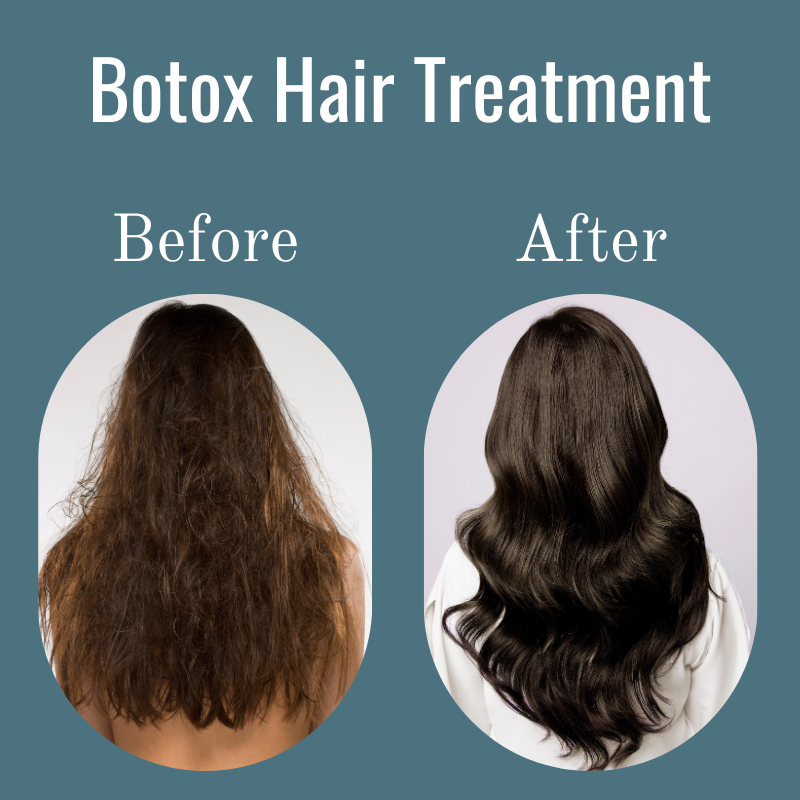
Botox Hair Treatment In India Cost Starts At INR 5,000, Results & Side Effects
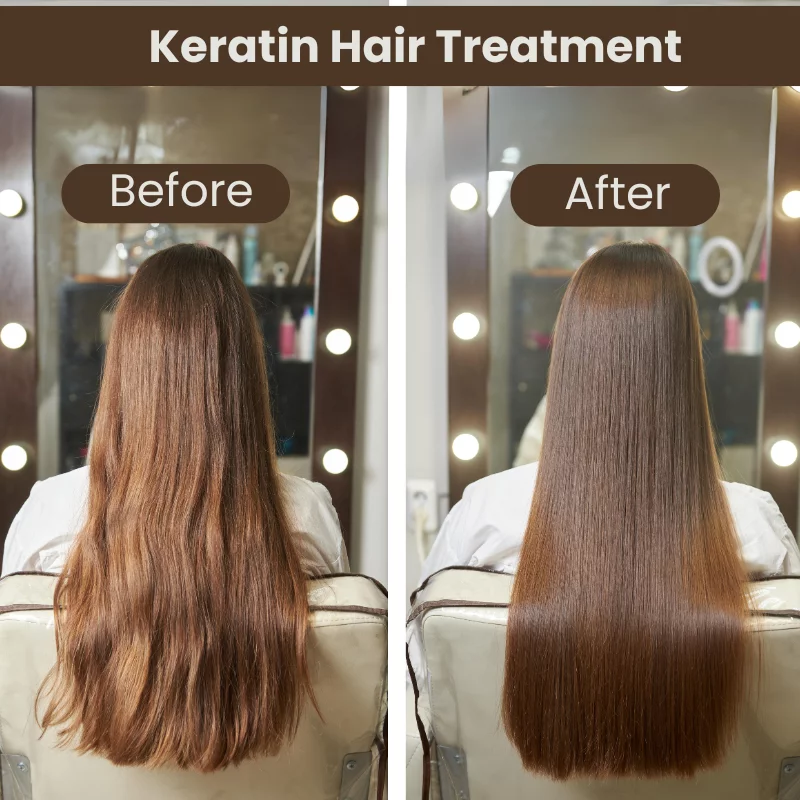
Keratin Hair Treatment Cost In India: Benefits & Side Effects

7 Amazing Benefits of Flax Seeds for Hair Growth
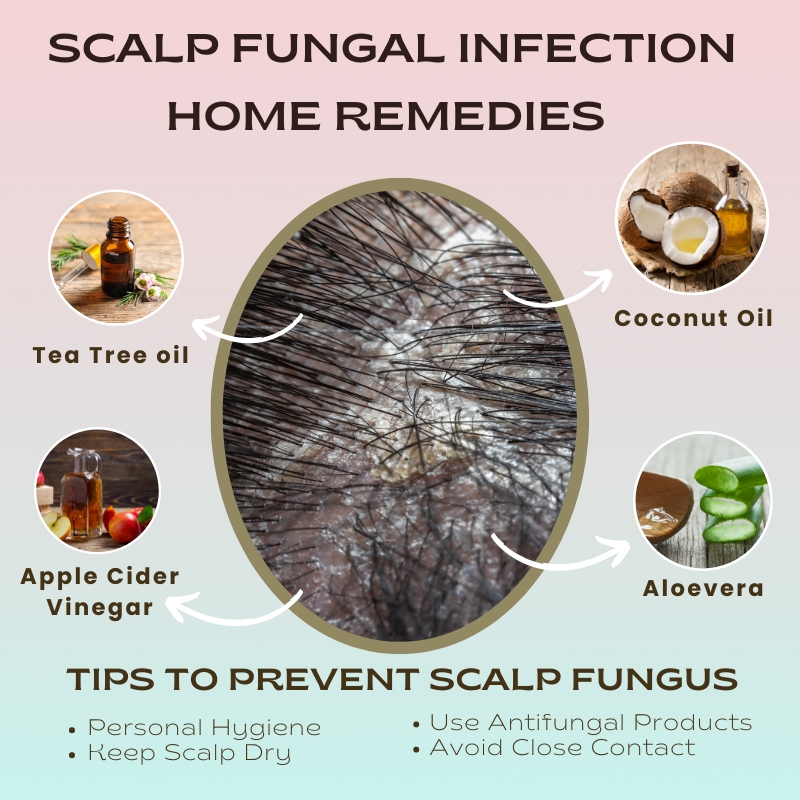
10 Home Remedies To Treat Scalp Fungal Infection Naturally – Oliva Clinic

